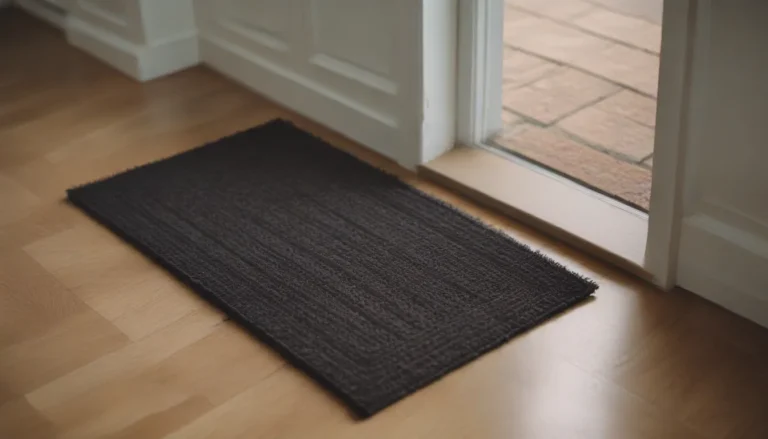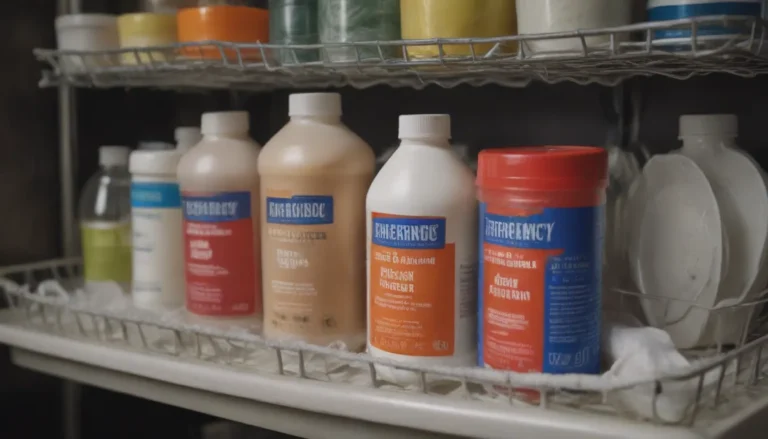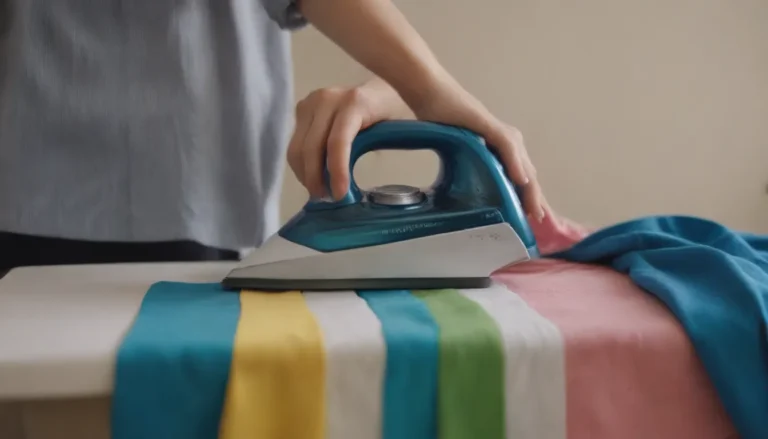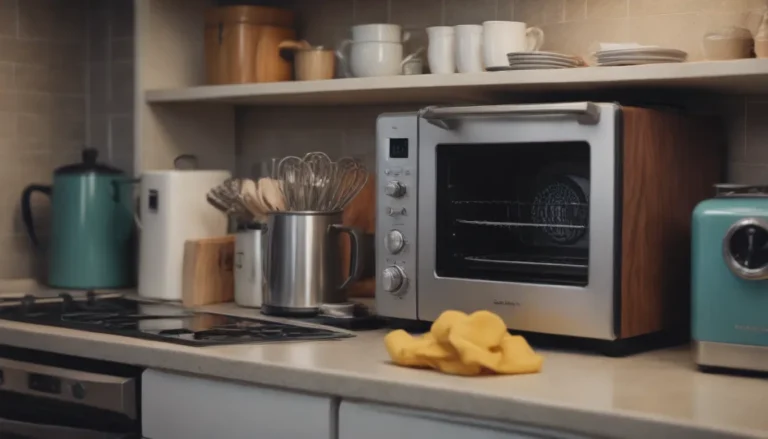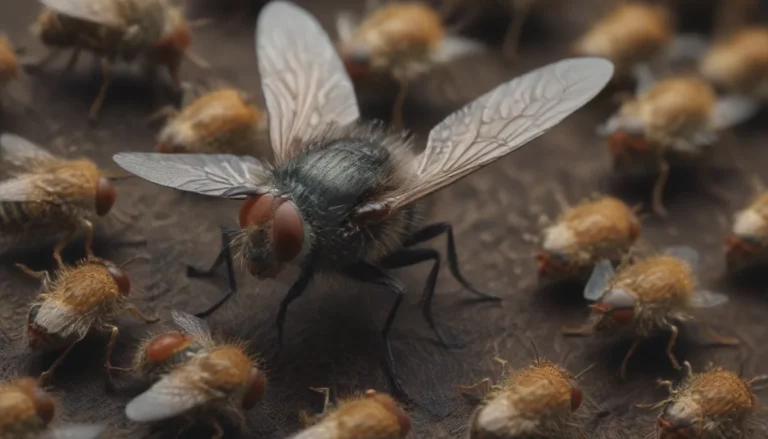Transforming Your Home: A Comprehensive 30-Day Decluttering Challenge

Are you feeling overwhelmed by the clutter in your home and finding it hard to stay organized? If so, you’re not alone. Decluttering can seem like a daunting task, but fear not! Our experts have devised a 30-day decluttering challenge to help you tackle this project in a manageable way. Whether you can spare an hour each day or want to tackle multiple tasks at once, this challenge will guide you through the process, leading to a more organized and clutter-free home in just a month.
Meet the Experts
Before we dive into the challenge, let’s introduce the experts who have contributed their valuable insights to this guide:
- Katarina Blom: Organization expert
- Sam Lund: Home organization consultant
- Clea Shearer and Joanna Teplin: The Home Edit founders
Day 1: Make a Plan
To kick off the 30-day decluttering challenge, start by creating a plan. Here are a few tips from Katarina Blom to get you started:
- Clear a designated workspace and keep a trash bag handy for obvious trash items.
- Set aside a box for clothes to donate and items you no longer use but could bring joy to someone else.
- Designate a separate box for sentimental items that can be sorted later.
Tip: Ensure to take the “Donate” box to your car or place it by the door to be taken to a local charity as soon as it’s filled.
Day 2: Get Rid of Paper Piles
Even in the digital age, paper clutter can still accumulate in our homes. Take the time to declutter paper piles on your kitchen counter, desk, or entry table. Separate papers that require action and dispose of them once you’ve taken care of what needs to be done.
Day 3: Empty Kitchen Counters
Maximize your kitchen workspace by decluttering your counters. Remove appliances you rarely use, knickknacks collecting dust, and any other unnecessary items. A clear counter space makes cooking easier and reduces cleaning time.
Day 4: Sort and Purge Kitchen Dishware and Gadgets
Start by decluttering your mugs and water bottles stored in cabinets. Toss broken items, donate what you don’t use, and use inserts in kitchen drawers to keep utensils and silverware organized.
California Closets suggest using drawer inserts to keep cooking utensils and silverware organized for easy access.
Day 5: Sort Food Storage Containers
Organize your food storage containers by type and discard any you no longer use or are missing lids. Proper organization will make meal prep much more manageable.
Tip: Most take-out containers are not designed for proper food storage, so it’s best to dispose of them.
Day 6: Get Rid of Expired Foods and Organize the Pantry
Organize your pantry by grouping items into categories and assigning each to a specific spot. Dispose of expired food and stale items to make meal preparation easier.
Tip: Group like items together and label shelves to help keep your pantry organized.
Day 7: Declutter Your Refrigerator Doors
A cluttered refrigerator door can add chaos to your space. Discard old reminders and artwork, keeping only essentials for a clean look.
Day 8: Clean Out the Refrigerator
Empty your refrigerator, dispose of expired items, and organize food items to prioritize consumption. Label leftover containers and use glass for easy visibility.
Tip: Aim to declutter your refrigerator at least once a month to maintain organization.
Day 9: Organize Spices
Take the time to discard expired spices and organize the ones you use the most for easy access. Properly labeled and organized spices can enhance your cooking experience.
Day 10: Tackle the Junk Drawer
Sort through your junk drawer, returning items to their proper place and discarding what you no longer need. Use dividers to keep small items organized.
Day 11: Organize Bookshelves
Weed out books you no longer wish to keep and organize the rest by color, height, or title. Consider adding decorative items to enhance the aesthetic.
Day 12: Corral Toys and Board Games
Involve your children in decluttering toys they no longer use. Organize toys by age, category, and function for easy access and encourage kids to keep areas tidy.
The Home Edit suggests categorizing toys based on age, category, and function for better organization.
Day 13: Streamline Bathroom Toiletries
Consolidate half-used products, discard unused items, and agree on a couple of brands to keep your bathroom clutter-free.
Day 14: Dispose of Out-of-Date Makeup
Declutter your makeup collection by tossing expired products and organizing the rest for easy access. Keep your makeup supplies neatly arranged for a clutter-free space.
Day 15: Sort and Organize Shoes
Declutter shoes you no longer wear and organize them using clear bins to maximize space and maintain a clutter-free environment.
Day 16: Organize Dresser Drawers
Sort through your dresser drawers, declutter items you no longer use, and use dividers to keep small items organized by category. Group similar items together for easy access.
Day 17: Tidy Hanging Clothes
Empty your closet, remove items you no longer wear, and organize your clothing by category. Utilize bins, extra rods, or over-the-door storage for better organization.
Tip: Recycle unused clothes hangers, especially flimsy wire ones from dry cleaners.
Day 18: Get Accessories Under Control
Declutter accessories like scarves, belts, and hats, and use hooks or racks to keep them organized and easily accessible in your closet.
Day 19: Declutter a Handbag, Wallet, or Backpack
Spend a few minutes decluttering your bags by removing unnecessary items and using reusable bags to keep essentials organized.
Day 20: Straighten the Linen Closet
Organize your linen closet by discarding items you no longer need and categorizing sheets, towels, and toiletries for easy access.
Tip: Donate worn items to animal rescue groups or shelters in need of bedding and towels.
Day 21: Organize Your Entryway
Utilize hooks, shoe racks, and baskets to keep your entryway clutter-free. Declutter your coat closet and designate spaces for different items to maintain organization.
Day 22: Declutter and Organize Your Laundry Routine
Streamline your laundry routine by organizing laundry products, choosing versatile detergents, and keeping a trash can handy for lint disposal.
Day 23: Organize Gift Wrapping Supplies
Keep gift wrapping supplies organized in a storage organizer or clear bins to make gift-giving hassle-free. Store tape and scissors with your supplies for easy access.
Day 24: Dispose of Unused Office Supplies
Declutter office supplies by sorting through items, using dividers or clear boxes to keep things organized, and discarding items you no longer need.
Day 25: Purge and Untangle Electronic Cords
Sort through tangled cords, label them for easy identification, and store them in an organized manner to reduce clutter in your home.
Day 26: Sort Seasonal Items
Declutter seasonal decorations and outdoor supplies at the end of each season to keep storage spaces organized and clutter-free.
Day 27: Clean the Attic
Declutter your attic by dividing items into keep, donate, and toss piles. Organize items in labeled bins and use shelving for better organization.
Day 28: Clean the Garage
Declutter your garage by organizing tools, gardening supplies, and seasonal items. Utilize wall space for storage and declutter the inside of your car for a clutter-free environment.
Day 29: Identify and Secure Important Documents
Store important documents like passports, wills, and certificates in a fire-proof box or safe to keep them secure and organized.
Day 30: Sort Sentimental Items
Declutter sentimental items by organizing and writing notes on each item’s history. Attach notes to heirlooms before giving them to the next generation.
By following this 30-day decluttering challenge, you can transform your home into a clutter-free and organized space. Remember, consistency is key, and small steps each day will lead to significant results in the long run. Good luck on your decluttering journey!
